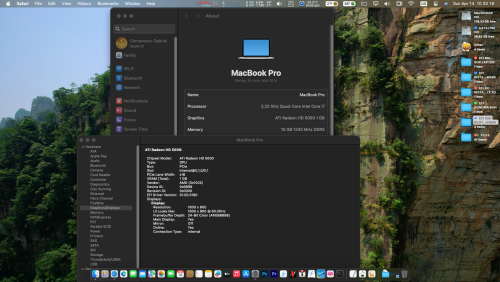I'll have to admit - there are few things in tech/life more exciting than a good Apple rumor. Somehow between the faked product photos and the insider info (and Steve's Super Secret Podcast), life as an Apple fan is never boring.
MacOSXRumors shares some of this ever present insider info, claiming that Apple is working on virtualization technology for OS X 10.5 Leopard. From the article:
Reliable sources informed MacosXrumors that Apple is developing virtualisation software that could be added to Apple's next major release of Mac OS X, Leopard. The technology will allow users to create and run virtual machines with Mac OS X, Linux or Windows on any Intel-based Mac.
The software, which is said to be code-named "Chameleon", will be made available in Client and Server versions. The Client version will have similar features to Virtual PC and will be included with Leopard Client while the Server version will act as a virtualisation server and will come with Leopard Server. Apple may also sell the solution separately just as it currently sells Apple Remote Desktop.
Sources also claim that Apple is developing the technology hand in hand with partners such as Intel and Microsoft. We don't know if Apple's software will be compatible with Intel's virtualisation technology announced last year but the possibility that Apple's software becomes inter-operable with Virtual PC and VMWare has been mentioned. We also don't know if Apple will use Rosetta technology so as to make the creation of PowerPC based virtual machines possible.
Believable? Maybe. Likely? Maybe? Interesting? Certainly.










Recommended Comments